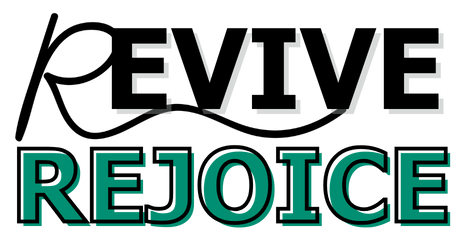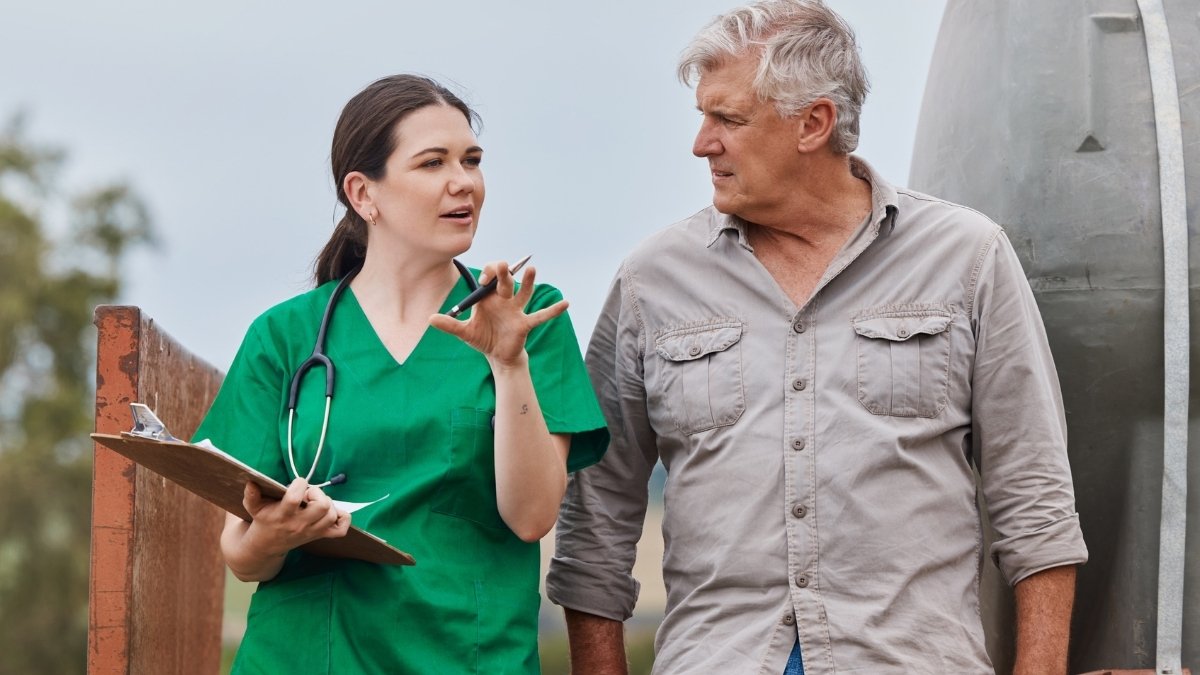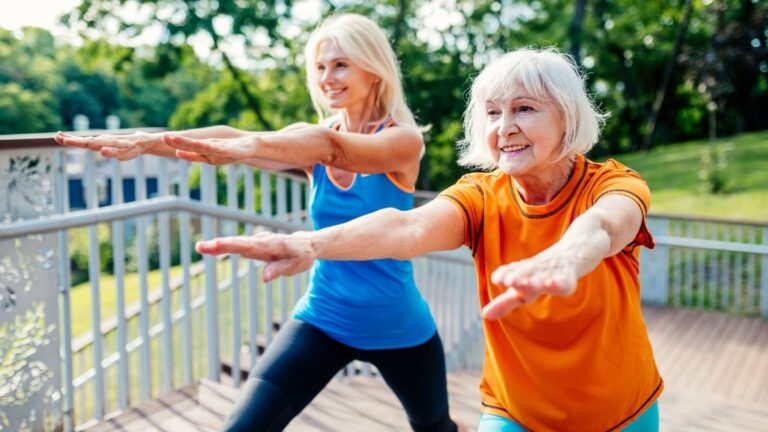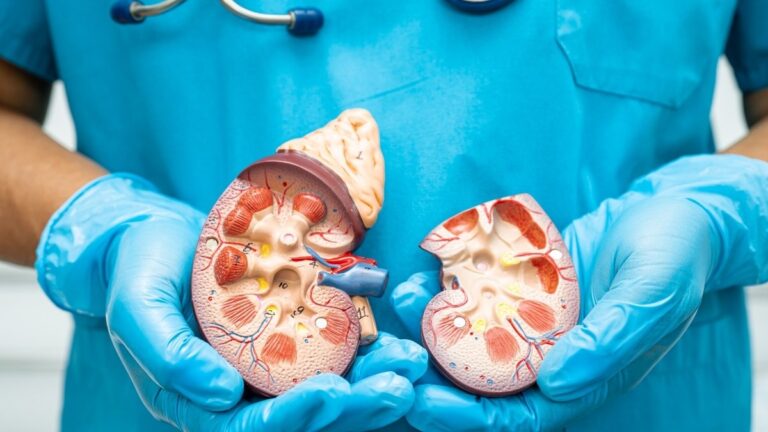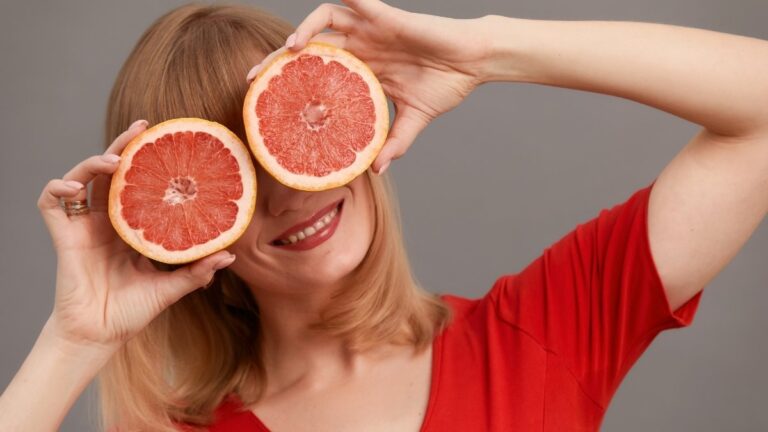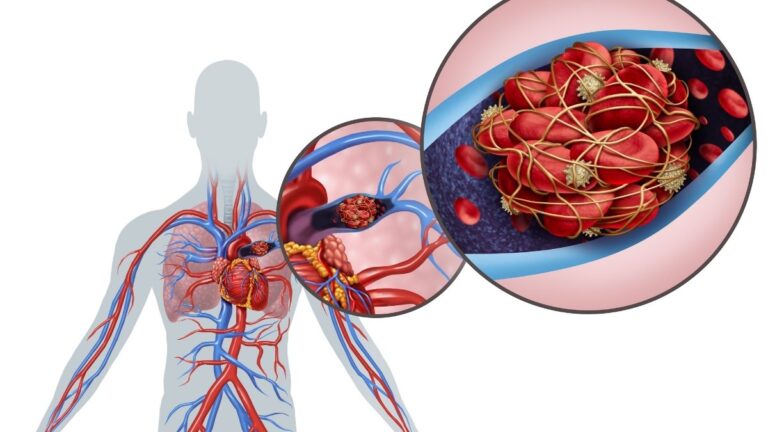9 ‘Boring’ Foods That Slash Cancer Risk After 50 (Oncologists Add to Their Diets)
Dr. Sarah Chen, a leading oncologist at Memorial Sloan Kettering, starts every morning with the same ‘boring’ breakfast that most people overlook—and it’s backed by decades of cancer research.
While many people over 50 chase expensive exotic superfoods and trendy supplements, they’re missing powerful cancer-fighting foods hiding in plain sight at their local grocery store.
The truth is, oncologists don’t rely on açai berries or rare mushrooms for cancer prevention. Instead, they consistently eat nine scientifically-proven, affordable foods that significantly reduce cancer risk.
This article reveals the exact anti-cancer foods for seniors that oncologist recommended foods lists include, complete with specific serving recommendations you can start implementing today.
9 Foods Oncologists Actually Eat to Fight Cancer After 50
Quick question: What if the foods sitting in your kitchen right now could cut your cancer risk in half?
Daily Cancer-Fighting Meal Timeline
Follow this oncologist-approved eating schedule for maximum protection
Weekly Cancer-Fighting Shopping List
Your complete guide to filling your cart with protective foods
Smart Shopping for Cancer Prevention
Most people over 50 think cancer prevention means expensive supplements or extreme diets. But here’s what oncologists know that you don’t: the most powerful cancer-fighting foods are probably already in your grocery store.
Why Age 50 Is the Cancer Prevention Sweet Spot
Your cancer risk doubles every 5 years after you hit 50. That’s not meant to scare you—it’s meant to wake you up.
Here’s what happens in your body: Your cells have been collecting damage for decades. Your immune system starts slowing down. The foods you ate in your 20s and 30s? They don’t protect you the same way anymore.
But here’s the good news. Your diet becomes your strongest weapon right when you need it most. The CDC shows that people who eat specific cancer-fighting foods after 50 see dramatic drops in cancer rates. We’re talking about real protection, not wishful thinking.
Every meal you eat is either feeding cancer cells or starving them. The compound effect of making the right choices daily adds up to serious protection over time.
1. Plain Greek Yogurt (The Gut-Cancer Connection)
Your gut health directly affects your cancer risk. And Greek yogurt might be your best defense.
The probiotics in Greek yogurt—especially Lactobacillus bulgaricus—create an environment where cancer cells struggle to grow. This is particularly powerful against colorectal cancer, which becomes a bigger threat after 50.
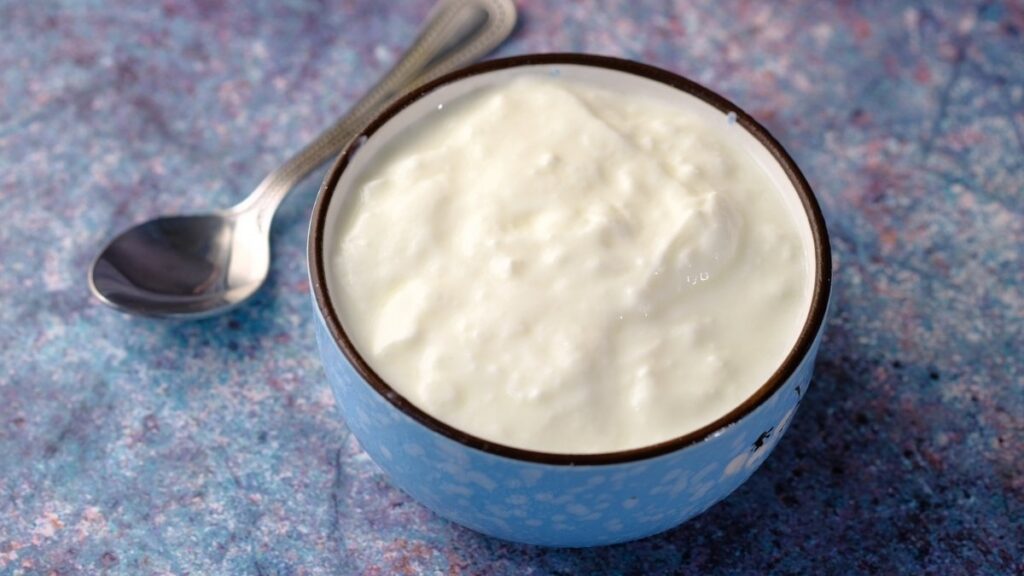
Greek yogurt also packs 20 grams of protein per cup. That protein keeps your immune system strong when it wants to weaken with age.
Doctors recommend 6-8 ounces daily. But not all yogurt works. You need brands with live cultures and less than 10 grams of sugar per serving. Look for labels that say “live and active cultures.”
Skip the fruit-on-the-bottom varieties. They’re loaded with sugar that feeds the bad bacteria you’re trying to fight. Add your own fresh berries instead.
2. Cruciferous Vegetables (Broccoli, Brussels Sprouts, Cabbage)
These vegetables contain sulforaphane—a compound that literally tells cancer cells to self-destruct.
But here’s the catch: how you cook them matters. Boiling destroys up to 90% of the cancer-fighting compounds. Light steaming for 3-4 minutes keeps the power intact.
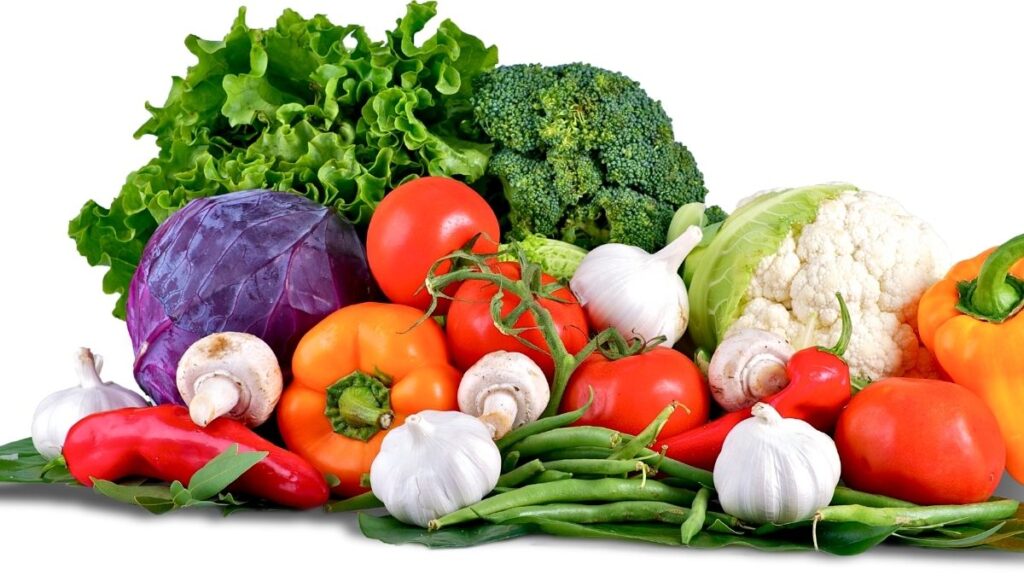
You need 1-2 cups daily to see real benefits. That might sound like a lot if you’re not used to eating vegetables. Start small. Add chopped broccoli to scrambled eggs. Shred cabbage into soups. Roast Brussels sprouts with olive oil and garlic until they’re crispy.
Many people avoid these vegetables because they taste bitter. The secret? Don’t overcook them. Overcooked cruciferous vegetables smell bad and taste worse. When cooked right, they’re actually sweet.
3: Fatty Fish (Salmon, Mackerel, Sardines)
Inflammation feeds cancer. Omega-3 fatty acids fight inflammation. It’s that simple.
Studies show that people who eat fatty fish twice a week have 40% less inflammation in their blood. That translates to real cancer protection, especially for breast, prostate, and lung cancers.
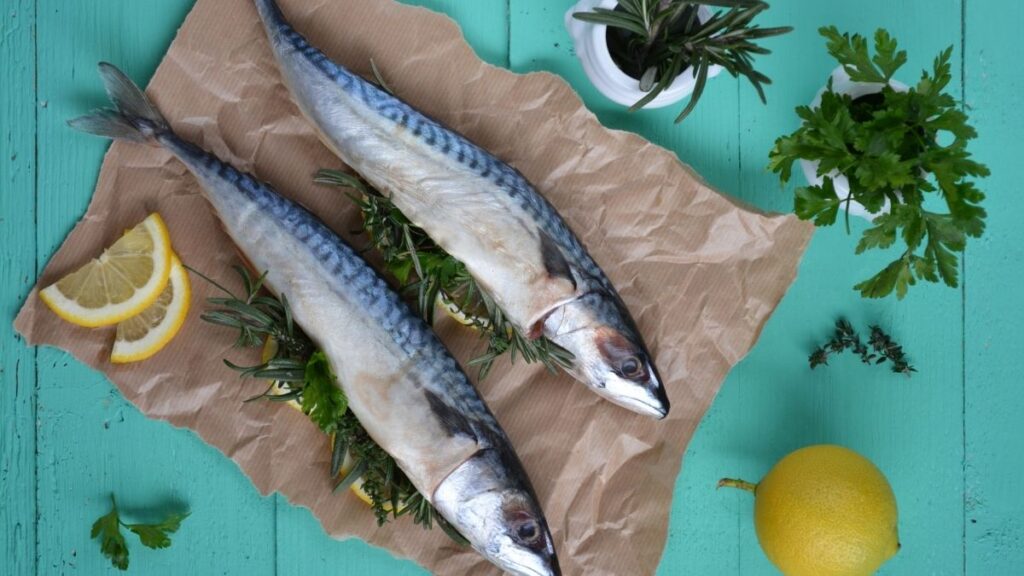
Mercury is a concern for seniors. Stick to smaller fish like sardines and anchovies, or choose wild-caught salmon. Limit tuna to once a week.
Don’t like fish? Try this: buy frozen salmon fillets, brush with olive oil, sprinkle with garlic powder and lemon. Bake at 400°F for 12 minutes. It doesn’t taste “fishy” when cooked right.
Canned sardines work just as well as fresh. Mash them into avocado for a quick lunch. Your taste buds will adjust in about two weeks.
4. Green Tea (The Daily Ritual Oncologists Swear By)
Green tea contains EGCG catechins that repair damaged cells before they turn cancerous.
But brewing matters. Water that’s too hot destroys the beneficial compounds. Heat water to 175°F (just before it boils). Steep for 3-4 minutes. Drink 3-4 cups daily for maximum protection.

Japanese populations with the highest green tea consumption have the lowest cancer rates in the world. That’s not a coincidence.
Worried about caffeine? Green tea has half the caffeine of coffee. Drink your last cup before 3 PM to avoid sleep problems. Decaf green tea keeps about 80% of the cancer-fighting compounds.
5. Tomatoes and Tomato Products
Lycopene in tomatoes specifically fights prostate cancer. But men aren’t the only ones who benefit. Lycopene protects against lung and stomach cancers too.
Here’s the twist: cooked tomatoes are better than raw ones. Heat breaks down the cell walls and makes lycopene easier for your body to use. Tomato sauce, paste, and canned tomatoes are actually more powerful than fresh.
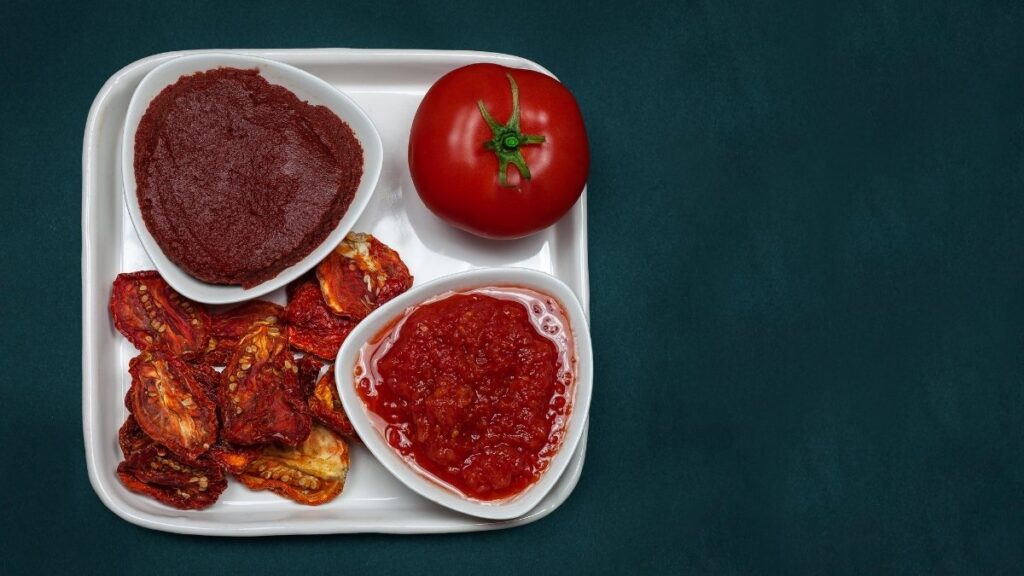
Eat tomatoes with healthy fats. Add olive oil to tomato sauce. Eat cherry tomatoes with nuts. The fat helps your body absorb more lycopene.
Aim for 1-2 servings daily. A serving is ½ cup of sauce, 1 cup of fresh tomatoes, or 2 tablespoons of tomato paste.
6. Legumes and Beans (The Fiber-Cancer Connection)
Fiber does two important things: it helps your body get rid of toxins and balances your hormones. Both actions directly reduce cancer risk.
Beans, lentils, and chickpeas are fiber powerhouses. They also contain compounds that specifically block hormone-related cancers like breast and prostate cancer.
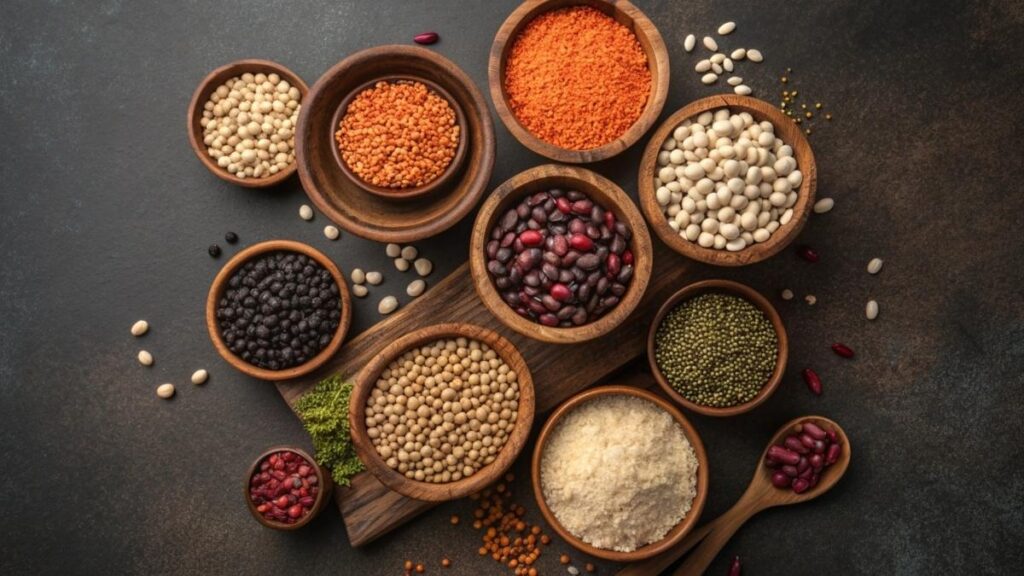
Many seniors avoid beans because they cause gas. Start with ¼ cup servings and increase slowly. Your digestive system will adapt in about a week.
Canned beans work just as well as dried. Rinse them to remove excess sodium. Add them to soups, salads, and pasta dishes. You need about ½ cup daily.
Black beans, navy beans, and lentils have the highest anti-cancer compounds. Rotate different types throughout the week.
7. Nuts and Seeds (Almonds, Walnuts, Flax)
Nuts contain vitamin E and healthy fats that protect your cells from damage. But portion control matters more after 50.
One ounce daily is the sweet spot. That’s about 23 almonds or 14 walnut halves. More than that and you’re adding too many calories.
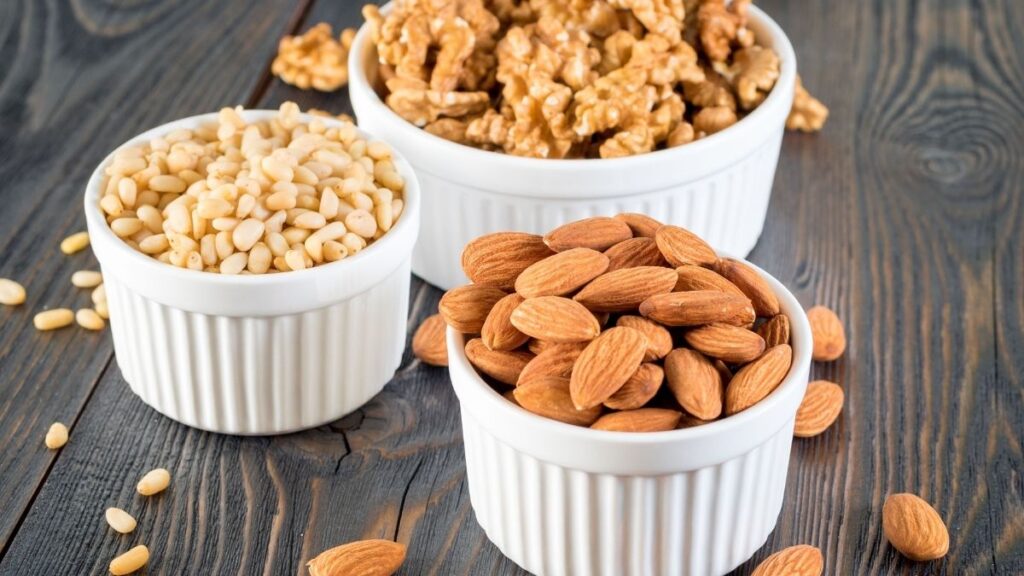
Store nuts in the refrigerator or freezer. They go rancid quickly at room temperature, and rancid nuts can actually increase cancer risk.
Ground flaxseed is particularly powerful for hormone-related cancers. Add 1 tablespoon to smoothies, yogurt, or oatmeal. Whole flaxseeds pass through your body without being digested.
Buy raw nuts when possible. Roasted nuts often have added oils and salt that reduce their health benefits.
8. Berries (Blueberries, Strawberries, Raspberries)
Berries contain anthocyanins—compounds that prevent DNA damage in your cells. They’re like tiny shields protecting you from cancer.
Frozen berries are just as good as fresh. Sometimes they’re better because they’re frozen at peak ripeness. Keep a bag in your freezer for smoothies and oatmeal.
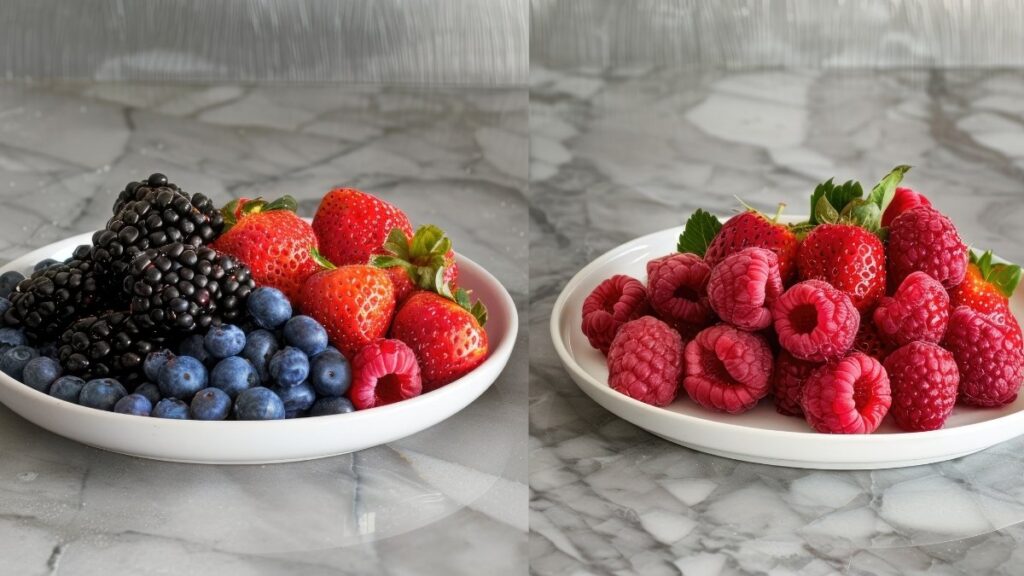
If you’re diabetic, berries are your best fruit choice. They have natural sugars but also fiber that prevents blood sugar spikes.
Aim for ½ cup daily. Add berries to plain Greek yogurt. Blend them into smoothies. Eat them as snacks. They’re sweet enough to satisfy dessert cravings without added sugar.
9. Whole Grains (Brown Rice, Quinoa, Oats)
Refined grains feed cancer cells. Whole grains fight them. The fiber and B vitamins in whole grains help your body repair damaged DNA.
The switch from white rice to brown rice alone can reduce your cancer risk by 20%. That’s a simple swap with big benefits.
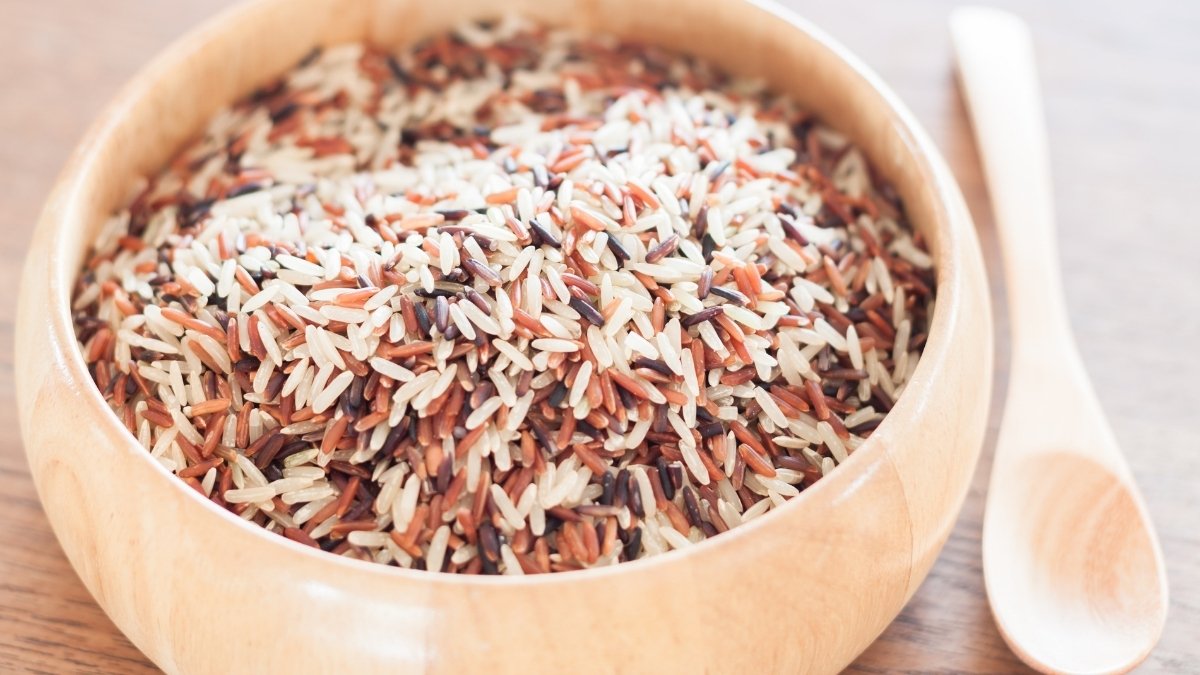
Start your day with oatmeal instead of sugary cereal. Choose brown rice over white. Try quinoa as a side dish. These small changes add up to major protection.
Watch the glycemic index. Steel-cut oats are better than instant oats. Wild rice is better than white rice. The less processed, the better.
How Oncologists Actually Eat These Foods Daily
Dr. Sarah Chen, an oncologist at Memorial Sloan Kettering, shared her typical day: “Breakfast is oatmeal with berries and ground flaxseed. Lunch is a salad with beans, nuts, and olive oil dressing. Dinner is salmon with steamed broccoli and brown rice. Green tea throughout the day.”
She combines foods for maximum benefit. The healthy fats help absorb fat-soluble vitamins. The fiber helps eliminate toxins. The antioxidants work together to protect cells.
Portion sizes matter. She eats smaller amounts more frequently. “I’d rather have ¼ cup of nuts daily than a whole bag on Sunday,” she says.
Budget-friendly strategies: Buy frozen vegetables and berries. Buy beans and grains in bulk. Canned salmon costs less than fresh but has the same benefits.
Meal prep makes it easier. Cook a big batch of brown rice on Sunday. Wash and chop vegetables. Hard-boil eggs. Having healthy options ready prevents poor choices.
Your Next Step
You don’t need to eat all 9 foods starting tomorrow. That’s a recipe for failure.
Pick one food from this list—the one that sounds most appealing to you right now. Add it to your daily routine this week. Once that feels normal, add another.
Small, consistent changes beat dramatic overhauls every time. Your 60-year-old self will thank your 50-year-old self for starting today.
Remember: every meal is a chance to fight cancer or feed it. Choose wisely.

